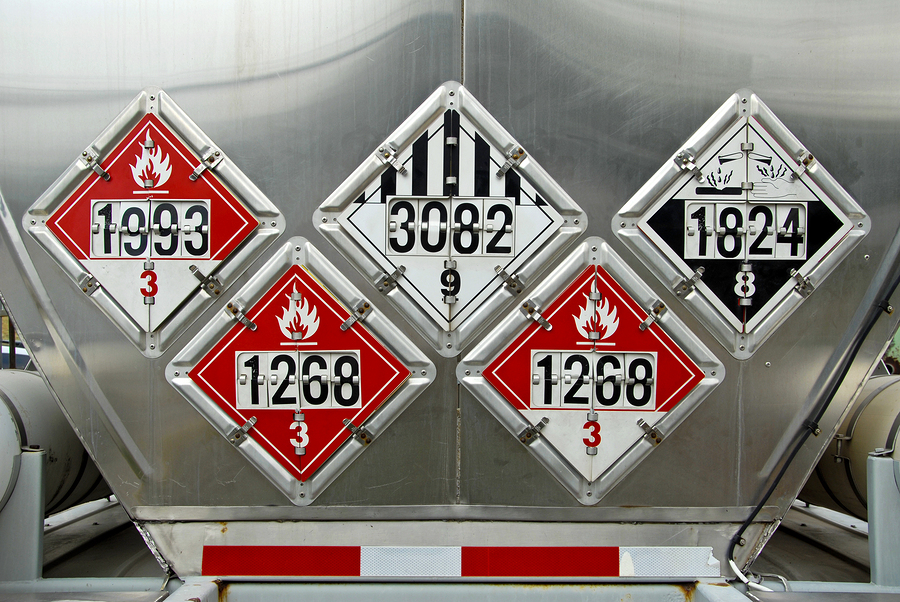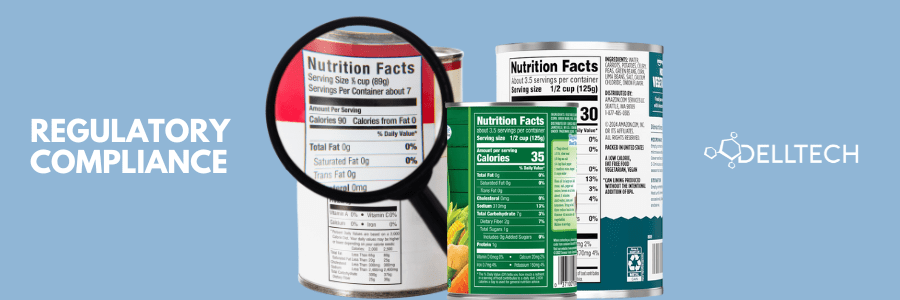By: Kirsten Alcock, Manager of Product Safety, email
The classification of your product is a very important step in transporting your product safely within our Canadian borders. It is important to determine the UN Number, Hazard Class, Proper Shipping Name and the Packing Group of your product. After you’ve gone through these steps, you may think you are done but it’s not a hard stop at that point.
Did you look at the special provisions in Column 5 of the Transportation of Dangerous Goods Regulations – Schedule 1? This is one step that can be easily missed but has a large impact on your shipping papers and the product itself.
Take for example UN1993.
If you look at this shipping description, you will note that there are two special provisions for this UN number. If you click on the number provided in column 5, it will lead you to Schedule 2 where the special provision information is provided for you.
Special Provision 16 advises that you must describe what your N.O.S. is.
“The technical name of at least one of the most dangerous substances that predominantly contributes to the hazard or hazards posed by the dangerous goods must be shown, in parentheses, on the shipping document following the shipping name in accordance with clause 3.5(1)(c)(ii)(A) of Part 3 (Documentation). The technical name must also be shown, in parentheses, on a small means of containment or on a tag following the shipping name in accordance with subsections 4.11(2) and (3) of Part 4 (Dangerous Goods Safety Marks).”
One thing to note is that this section can change, so you must look at it every time you ship your product. Special provision 150 is new to this classification over the years and advises about the need for an ERAP (Emergency Response Assistance Plan).
“An approved ERAP is required for the dangerous goods referred to in paragraph 7.2(1)(f) of Part 7 (Emergency Response Assistance Plan).”
If you need help determining the classification of your product, please contact us. We have helped hundreds of clients over the years with their classification for transportation whether it is looking at your formulation to determine the best shipping classification, to testing for your corrosion classification when you need to determine if you are a Packing Group I, II or III.
We can provide you with a quote and a turn-around time on our services.
Contact:
Dell Tech
Kirsten Alcock, B.Sc.
Manager, Product Safety Group
519-858-5074
kirsten@delltech.com





